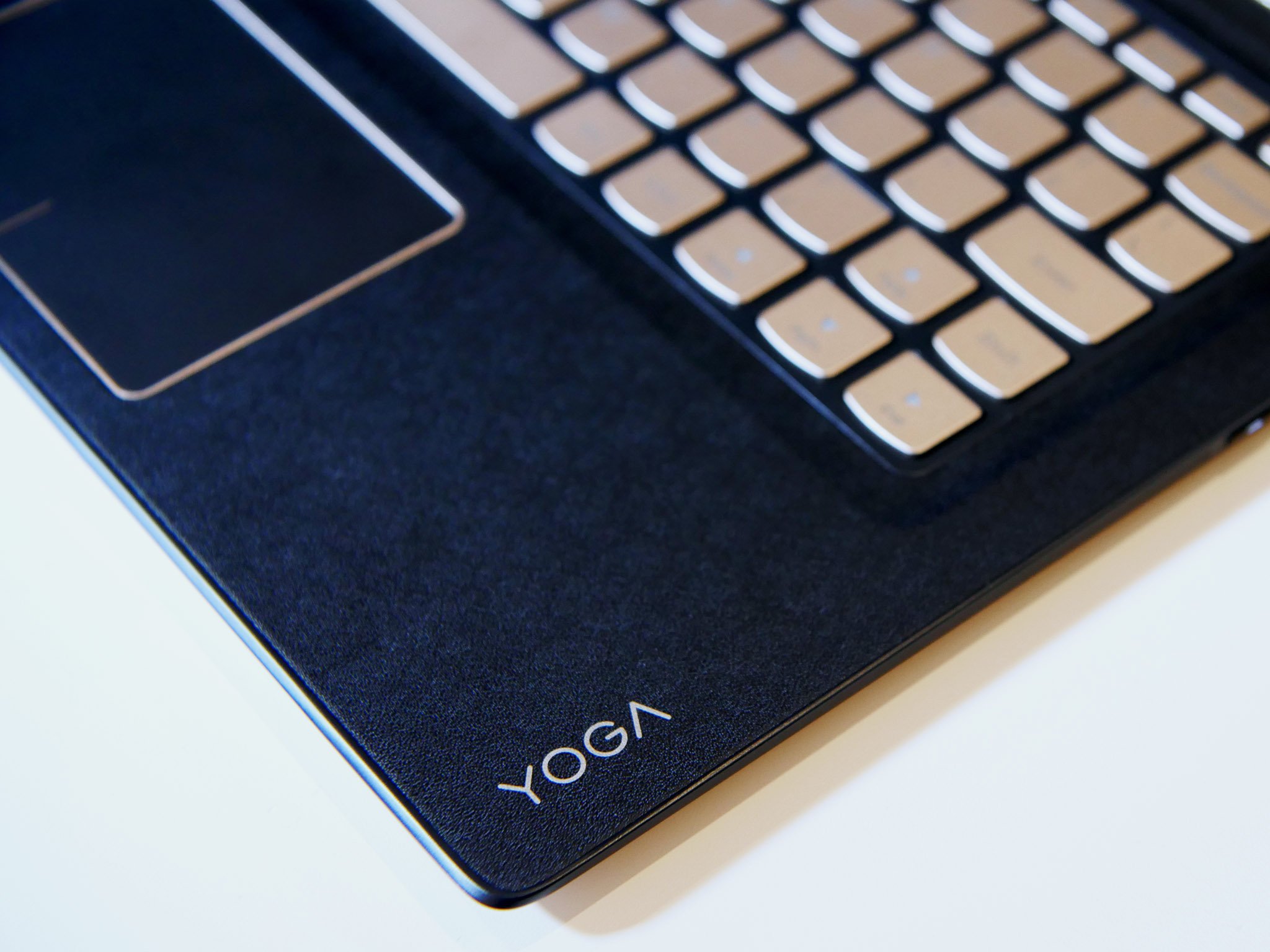Hands-on with the shockingly-thin Lenovo Yoga 900S convertible Ultrabook

Late last year, Lenovo announced the Yoga 900 a successor to the Yoga 3 Pro but with a new name. That Ultrabook brings back the Core i5 and Core i7 processors but adds some weight and girth to the otherwise slim laptop.
Lenovo wasn't done, however, as they are back just a few months later here at CES 2016 with the Yoga 900S, which is being positioned as the world's thinnest convertible laptop at just 12.5mm. Weighing a mere 2.2 pounds (999g) and made from carbon fiber it certainly is setting some records and turning heads here at CES.
We got some hands-on time with the new ultra-thin Ultrabook and here is our tour.
Lenovo Yoga 900S
- 12.8 mm (0.5 inches) thick
- Weighs a mere 999g (2.2lbs)
- Intel 6th-generation Core m7 processor
- Fanless design
- Up to 8GB of RAM
- Up to 512GB PCIe SSD
- Custom 54Wh battery
- Battery life of 10.5 hours
- 12.5-inch display up to 2560 x 1440 QHD
- Supports an optional active pen
- 2x USB 3.0
- 1x USB Type-C
Clearly the Yoga 900S is a different class that the regular Yoga 900. The Skylake Core M, which is also found in the entry level Surface Pro 4 is a great chipset that allows fanless systems, but it is also not as potent. However, for those who run Windows Store apps, Office, Skype and similar non-intensive tasks the Core M is a fantastic option.

The selling point with the Yoga 900S is clear: ultimate portability. Weighing just 2.2 pounds, the Yoga 900S is astoundingly light, so much so that it feels like you are holding a showcase dummy device. Instead, you get a full PC with 8GB of RAM running a QHD touch display with an attractive design.
Speaking of aesthetics I'm a big fan of the gold and black contrast found on this machine. If gold is too flashy for you, you still have silver and black to keep things more conservative. Either color choice still gives you that excellent Lenovo keyboard with backlight.
Lenovo claims that battery life is 10.5 hours, but we'll have to see what that means in the real world. Battery tests often use video playback since it is consistent. The downside is Windows 10 is well optimized for playing videos so those tests always skew higher than real-world tasks that will cause the CPU to jump form idle to full power back to idle ad infinitum.
All the latest news, reviews, and guides for Windows and Xbox diehards.

Nonetheless, Lenovo did put an impressive 54Wh battery in this machine, which is 14 more watt-hours than the comparable Apple MacBook. Lenovo says they achieved this by working closely with their battery supplier to create a very high-density cell. All of that sounds very promising.
One thing is clear, Mark Guim and myself were highly impressed with this laptop. While many people will simply need more power and features from a laptop, for those who want a nimble word processor than can run any Windows Store or Win32 app out there the Yoga 900S seems like a contender The design is excellent, and you can even use an active pen on the display now, making it well worth consideration if you need a true notebook or device for sketching.
Pricing for the Yoga 900S starts at $1099 and will be available beginning in March. We'll certainly get our hands on it for a review, but for now, let us know what you think in comments.

Daniel Rubino is the Editor-in-chief of Windows Central. He is also the head reviewer, podcast co-host, and analyst. He has been covering Microsoft since 2007 when this site was called WMExperts (and later Windows Phone Central). His interests include Windows, laptops, next-gen computing, and wearable tech. He has reviewed laptops for over 10 years and is particularly fond of 2-in-1 convertibles, Arm64 processors, new form factors, and thin-and-light PCs. Before all this tech stuff, he worked on a Ph.D. in linguistics, performed polysomnographs in NYC, and was a motion-picture operator for 17 years.
